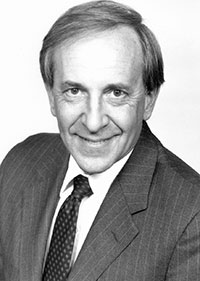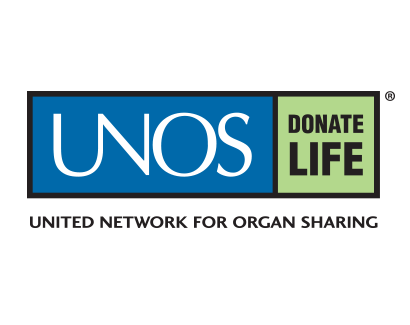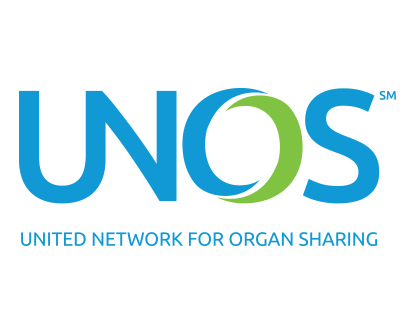History of UNOS
United Network for Organ Sharing was founded to help the community of donation and transplant professionals make the best possible use of organs to save lives. We have played a vital role in the evolution of transplantation in the U.S. for more than 35 years.
View the history of transplantation
What was transplant like before UNOS?
From the mid-1950s through the early 1970s, individual transplant hospitals and organ procurement organizations in the U.S. managed all aspects of organ recovery and transplantation. If an organ couldn’t be transplanted near where it was recovered, there was no system to find matching candidates elsewhere. Many organs couldn’t be used simply because transplant teams were not able locate a compatible recipient in time.
How we began
The South-Eastern Organ Procurement Foundation (SEOPF), a regional association of donation and transplant professionals, sought to increase the efficiency of organ placement. SEOPF established a computerized database in 1977 that allowed each of its member institutions to list candidates and help them find matches for organs they couldn’t use locally, and named it the United Network for Organ Sharing. In 1982, SEOPF launched a call center in Richmond, Va. to provide personal assistance with organ placement. This service is now the UNOS Organ Center and has been in continual operation ever since.
A national call to action
By the early 1980s, as more transplant hospitals were opening and many more candidates were being accepted for transplantation, broader coordination of organ allocation and data collection was needed. In 1984, Congress passed the National Organ Transplant Act (NOTA) calling for an Organ Procurement and Transplantation Network (OPTN) to be created and run by a private, non-profit organization under federal contract.
UNOS at work
On March 21, 1984, UNOS incorporated as an independent, non-profit organization, committed to saving lives through uniting and supporting the donation and transplant community. UNOS was awarded the initial OPTN contract in 1986 to develop the requirements for the operation of the OPTN, and has served as the OPTN ever since.
As part of the OPTN contract, UNOS has:
- established an organ sharing system that maximizes the efficient use of deceased organs through equitable and timely allocation
- established a system to collect, store, analyze and publish data pertaining to the patient waiting list, organ matching, and transplants
- informed, consulted and guided persons and organizations concerned with human organ transplantation in order to increase the number of organs available for transplantation
UNOS has grown from a handful of staff members in rented office space to an organization employing more than 450 staff members at its headquarters in downtown Richmond. Many facets of organ donation and transplantation have changed since our founding, but our dedication and mission have not. We continually seek to meet the needs of transplant candidates by maintaining a fair and effective national transplant network. Yet ultimately, every transplant is made possible by someone’s decision to help another through organ donation. Register to be an organ donor today.
The life and legacy of a pioneer in transplant and the founding president of UNOS.
UNOS honors the life and leadership of G. Melville Williams, M.D., a transplant pioneer and a towering force in the development of the transplant system in the United States. Read more.
































